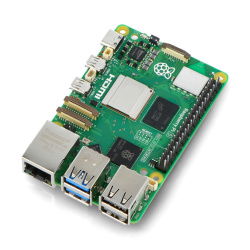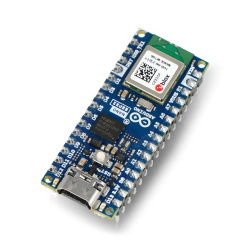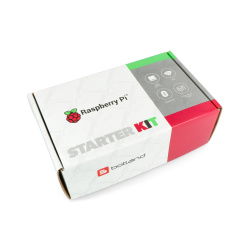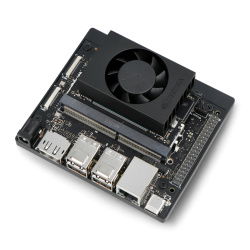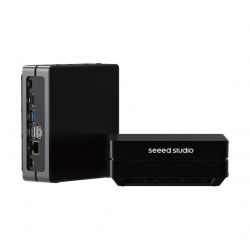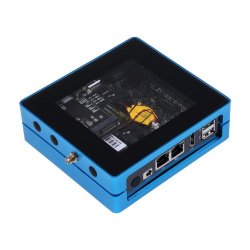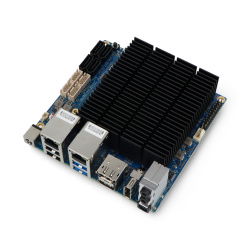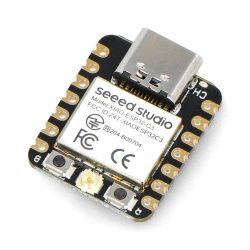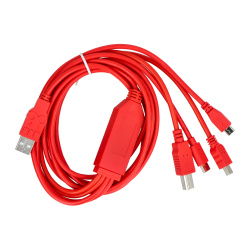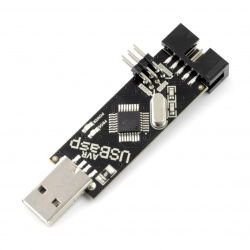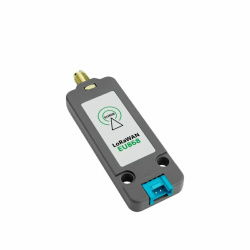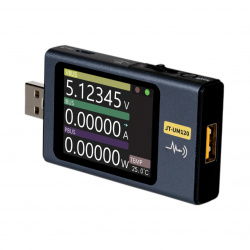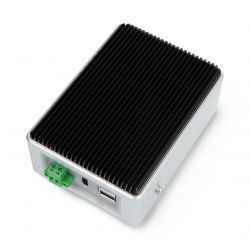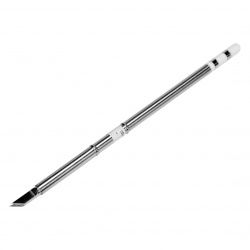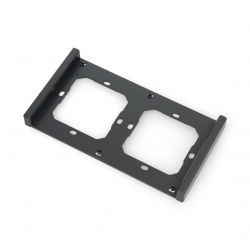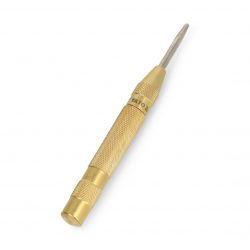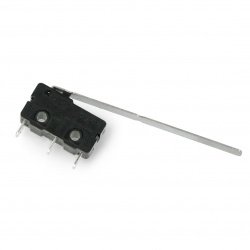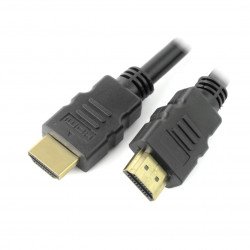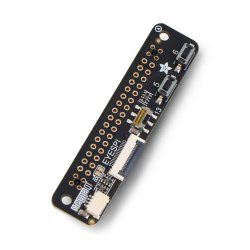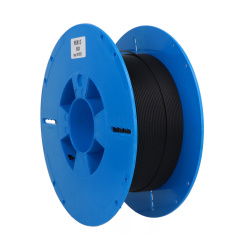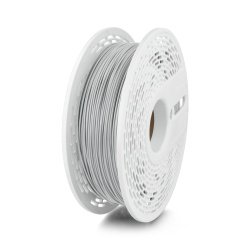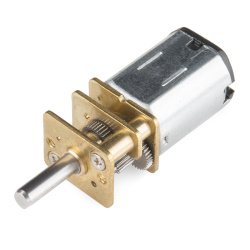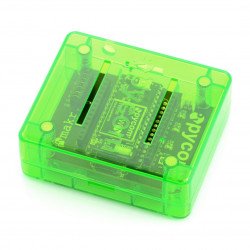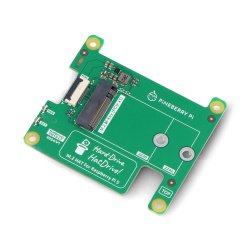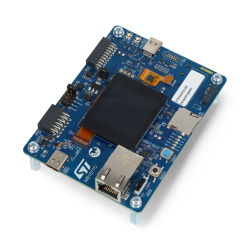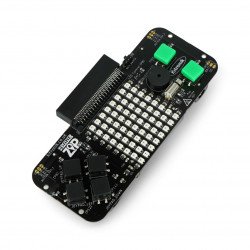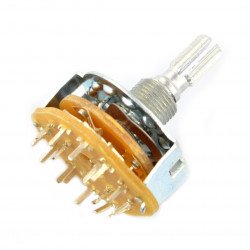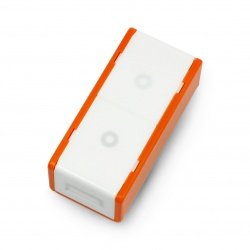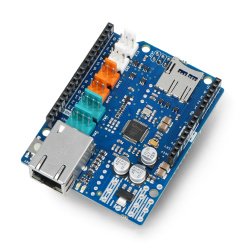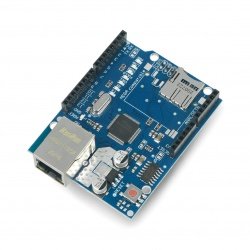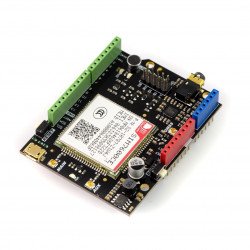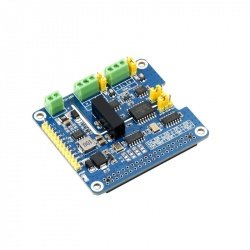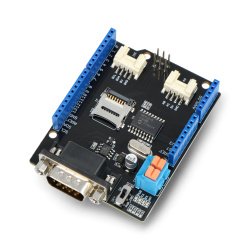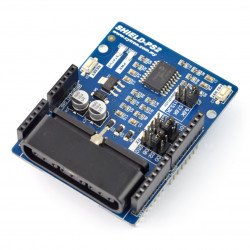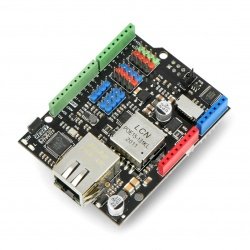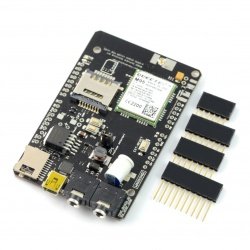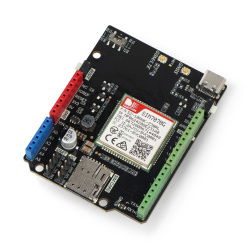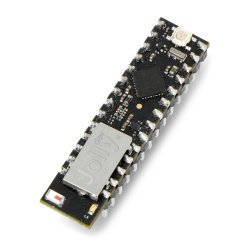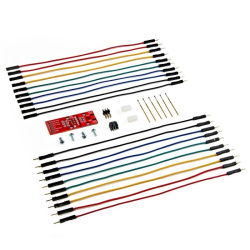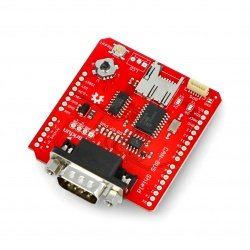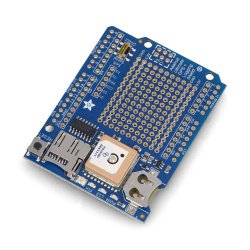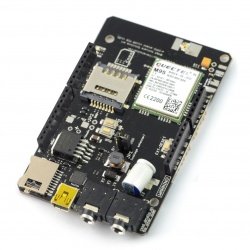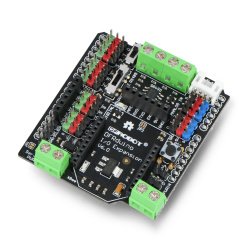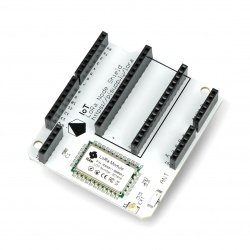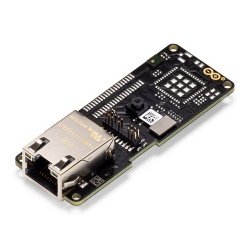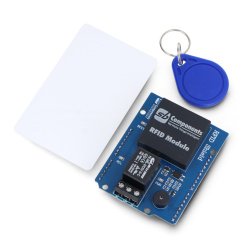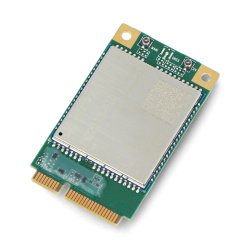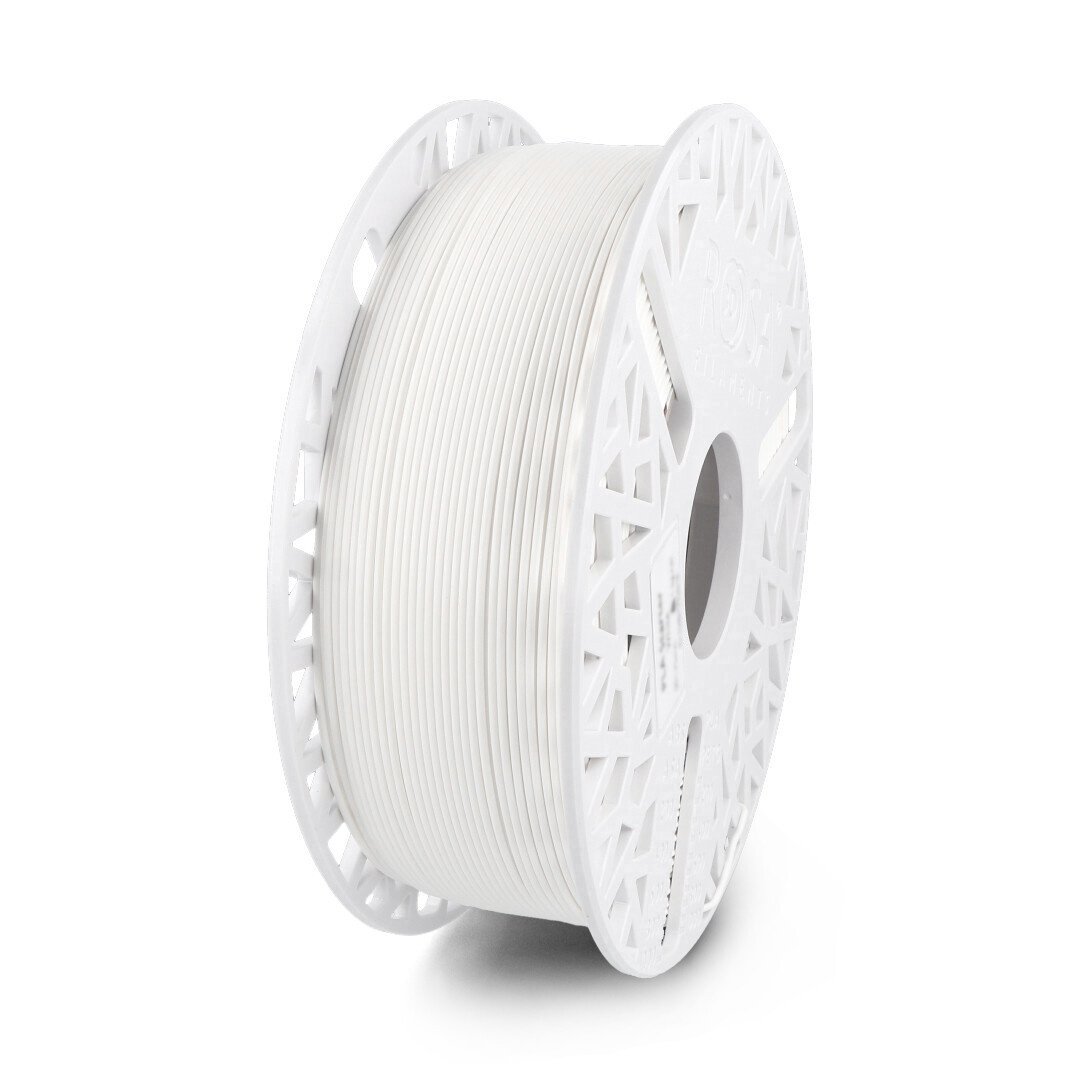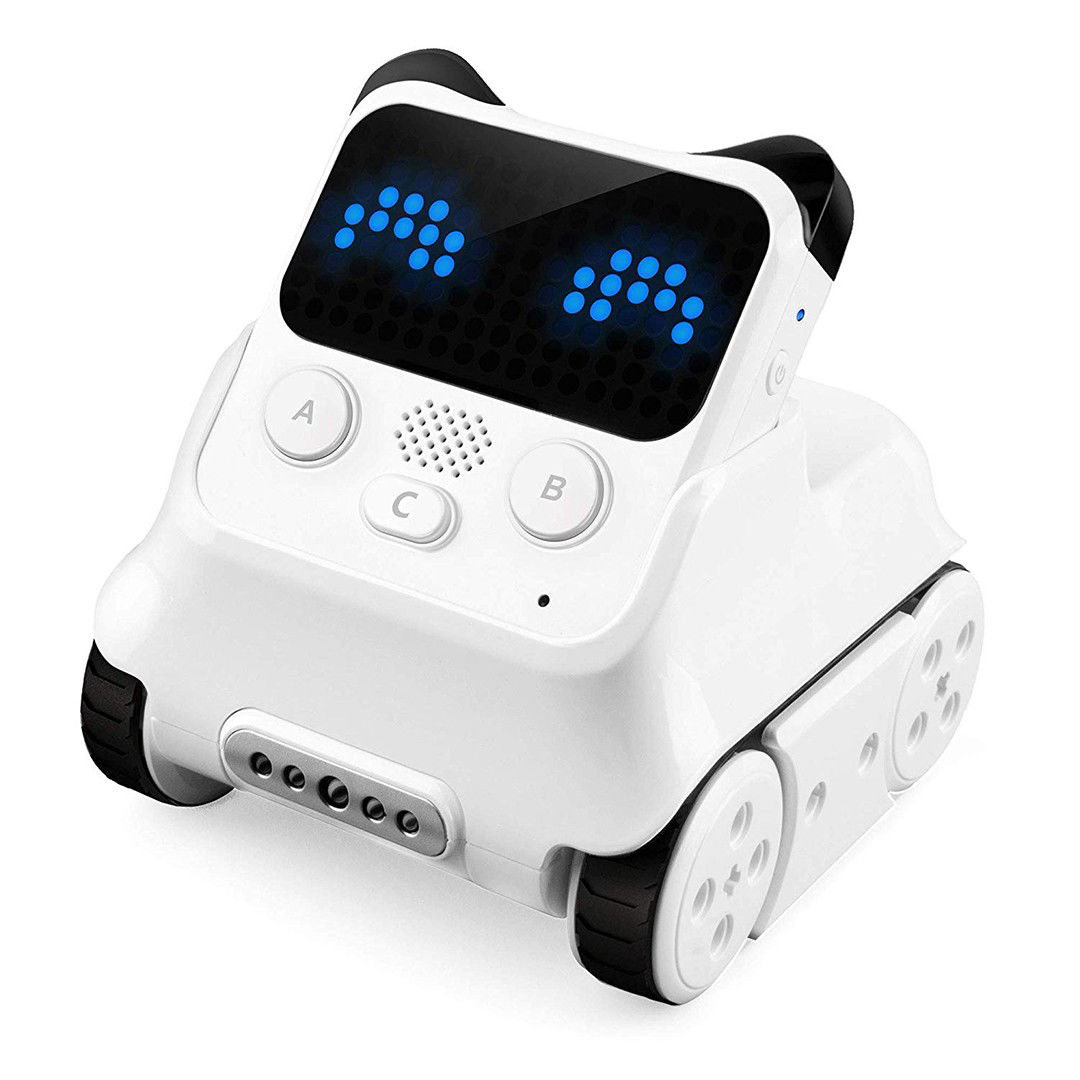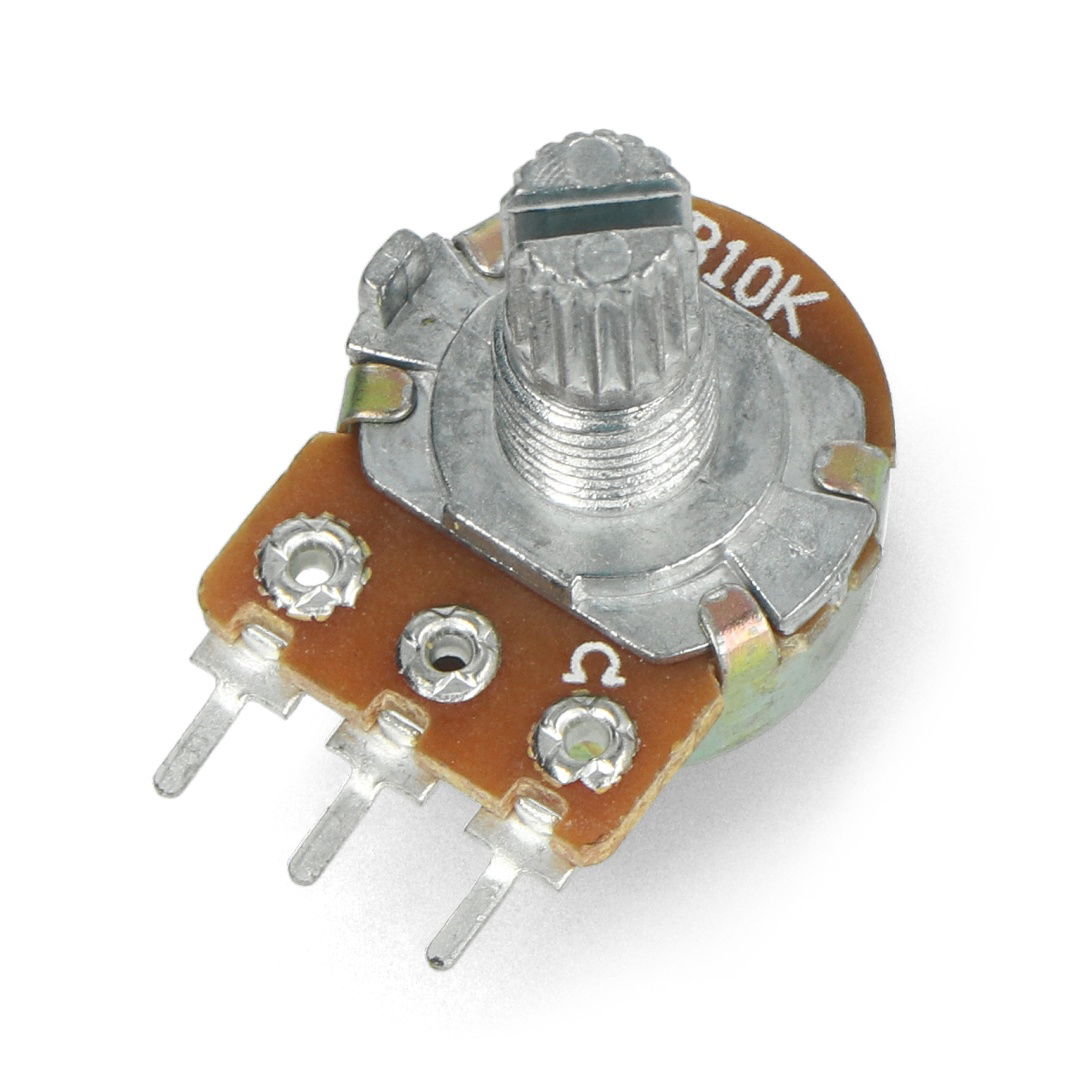Connect your Arduino to the internet!
There are many types of products among the Arduino communication overlays. Some provide Internet communication, others via Bluetooth, and others use radio waves.
One of the more popular products are overlays such as Arduino Ethernet Shield, Arduino MKR Ethernet Shield, LinkIt Smart, Ethernet Shield W5100 for Arduino and many others.
An overlay such as the Arduino Ethernet Shield enables communication of Arduino boards with external devices via the internet. The second, latest version of the module is based on the W5500 chip and is equipped with a microSD card reader. To run the Ethernet Shield overlay, connect it to the GPIO pins on the Arduino board (e.g. Arduino Uno), and then connect to the computer via a USB cable.
With Arduino communication modules, your programming options will become almost limitless. Why? First of all, Arduino Communication Shields solve the problem of integrity. With these overlays you will connect the devices you created (e.g. a robot) with almost any other software. Go ahead and use these products if your products assume the creation of mobile applications and computer programs!
Arduino Ethernet Shields – amazing possibilities!
Arduino communication modules are relatively not expensive, but they give a lot of new options! You can upload ready-to-use programs to the board and disconnect from the computer. After loading the program, the board can work independently. Then just connect the external AC adapter.
Arduino communication modules will be connected to a computer or router using a standard CAT5 or CAT6 Ethernet cable with a classic, most popular RJ45 connector. For the communication board to connect properly, be sure to assign its MAC address and permanent IP address. The latter parameter is programmatically assigned via the Ethernet.begin () function, with IP addressing depending on the configuration of your network. By using DHCP, you can easily assign an IP address for the Arduino communication module. In addition, you'll be able to specify a network gateway or subnet (if there is any). Please note that Ethernet Shields also work perfectly with a library that supports microSD memory cards.
Arduino & GSM integration
We know perfectly how good it is to have a wide choice. That is why in Botland store you will find modules that are responsible for GSM communication.
Using the Arduino GSM Shield 2 module, you can connect the Arduino to the internet as well as send and receive voice phone calls and SMS messages. The overlay has a built-in Quectel M10 radio modem. AT commands can also be used to communicate with the board. Pin No. 2 on the GSM Shield 2 board is connected to the TX pin of the M10 modem and pin 3, respectively, with the RX pin.
The M10 modem can operate on GSM 850 MHz and 900 MHz, DCS 1800 MHz and PCS 1900 MHz frequencies and supports TCP / UDP and HTTP communication protocols through GPRS connectivity with a maximum data rate of 85.6 kb / s. In order for the Arduino GSM Shield 2 to work properly and work with mobile networks, you need to connect a SIM card to it. You can get it from any GSM network operator.
In some ways thanks to Arduino it will be possible ... to create your own mobile phone!






